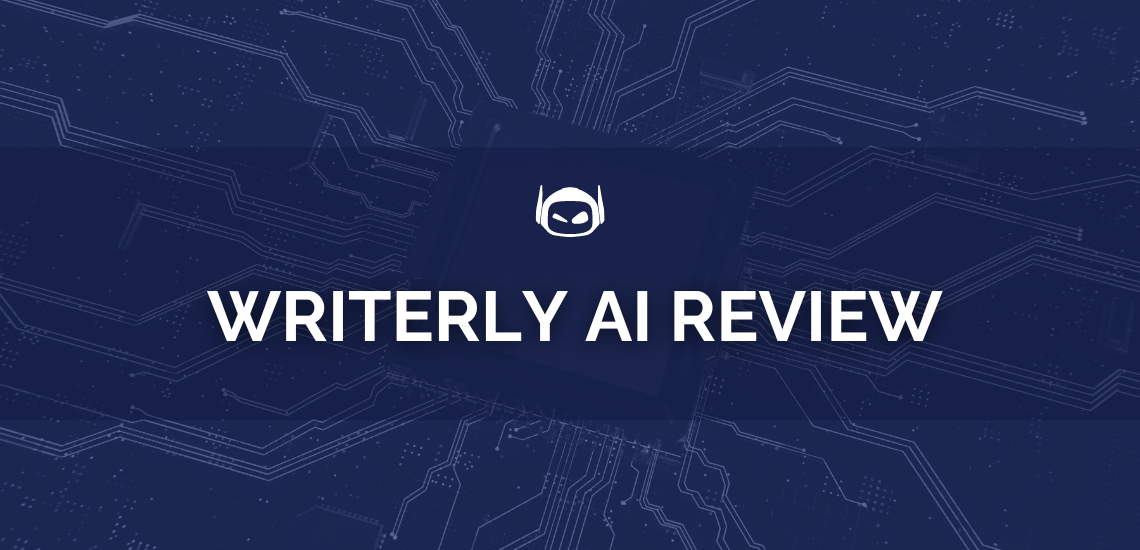
General Guide About Content and Writing
Thinking about investing in a quality AI writing tool for...
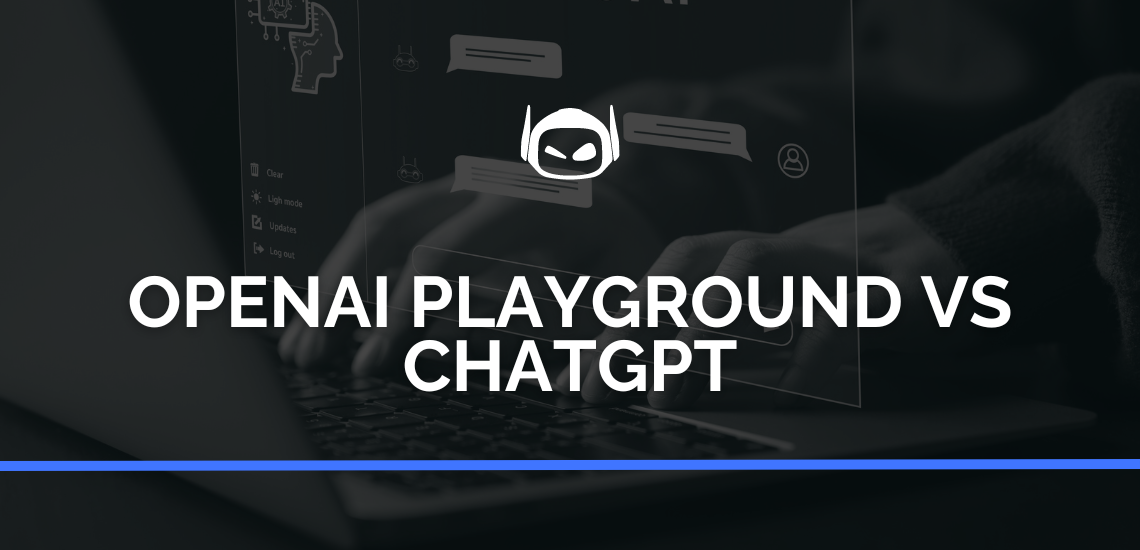
General Guide About Content and Writing
Wondering who the winner is in the OpenAI Playground vs...

General Guide About Content and Writing
Technology and software have been a part of education for...

Do you need to meet the desired word count requirements...
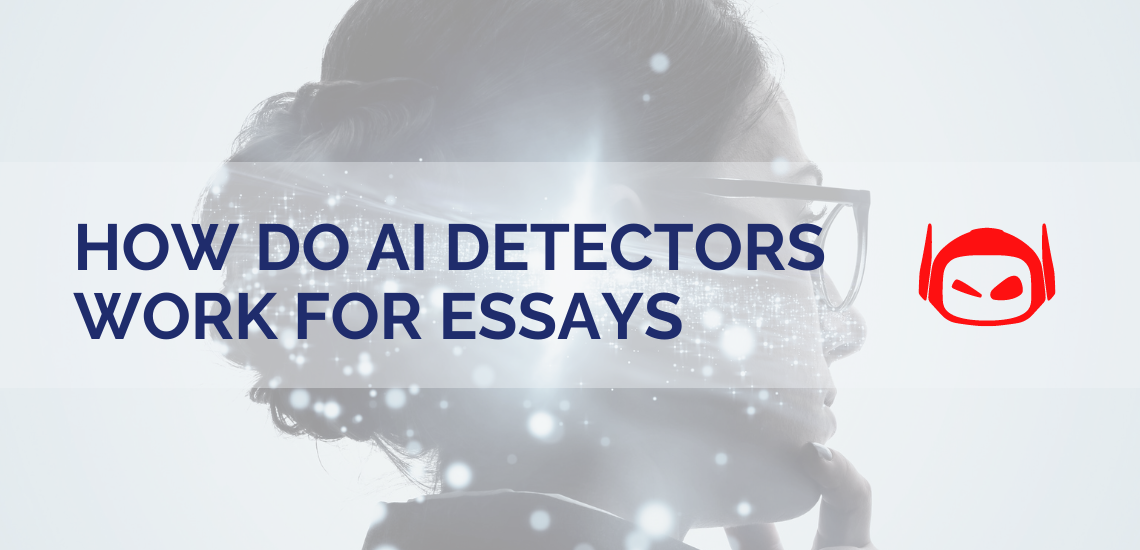
Do you want to know how do AI detectors work...
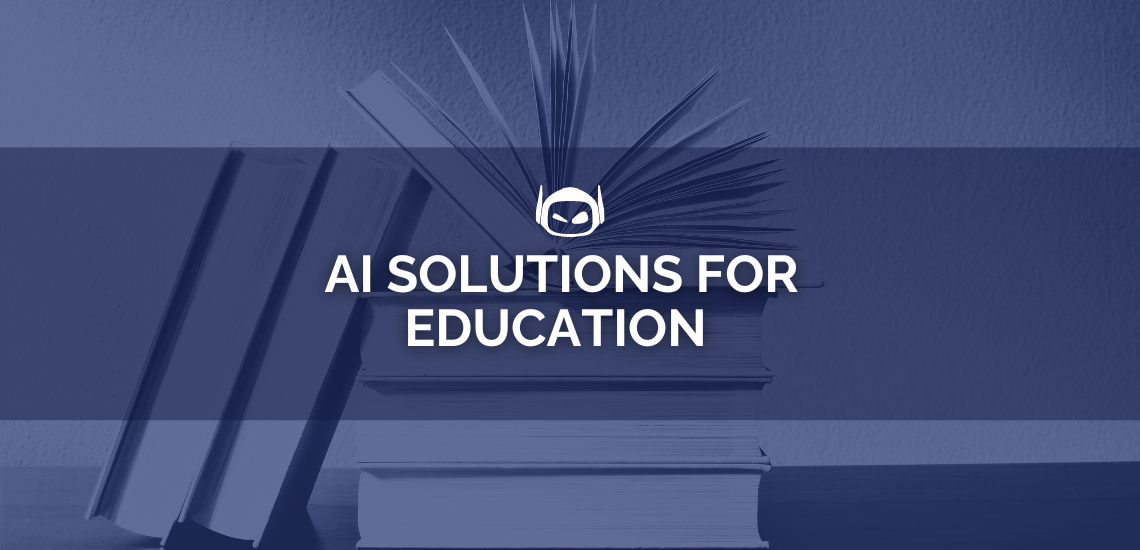
General Guide About Content and Writing
Do you feel like teachers are overwhelmed by the sheer...

AI text generation technology is developing at a rapid pace....

General Guide About Content and Writing
Do you want to know how AI affects education to...
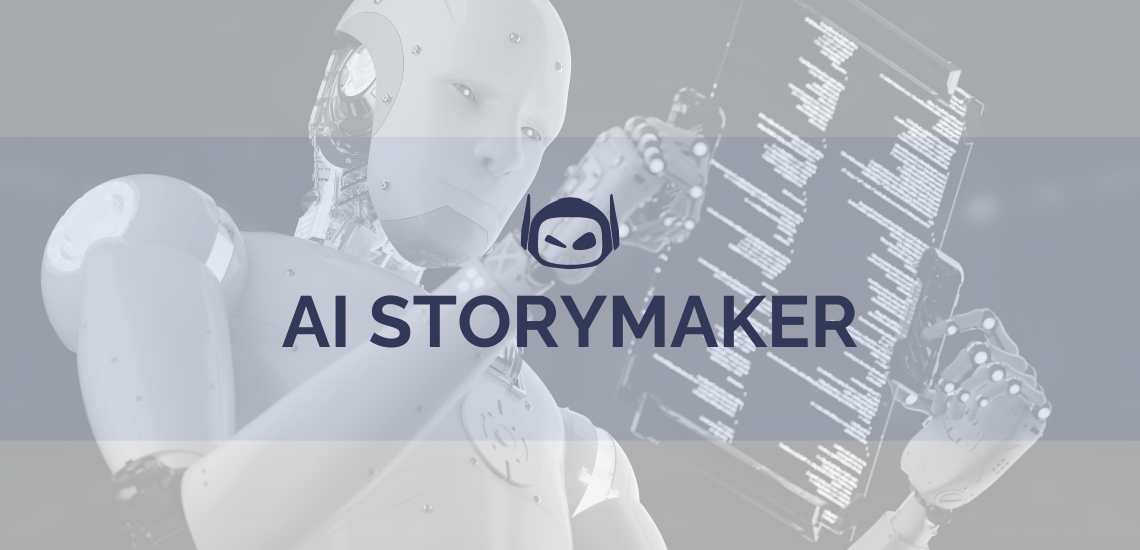
General Guide About Content and Writing
An AI storymaker is a useful tool that can assist...
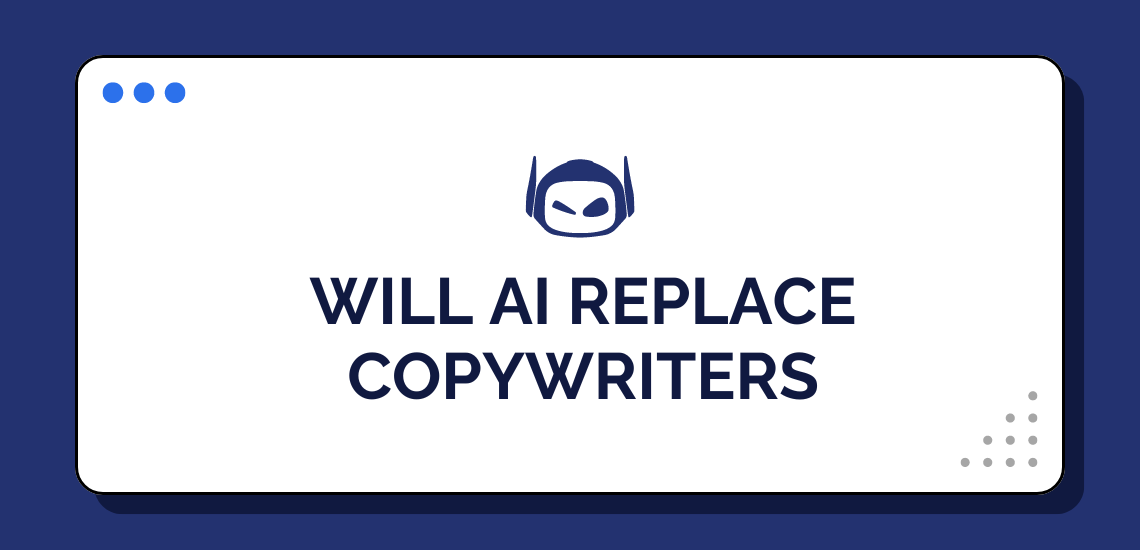
AI copywriting tools are used by millions worldwide. Some copywriters...